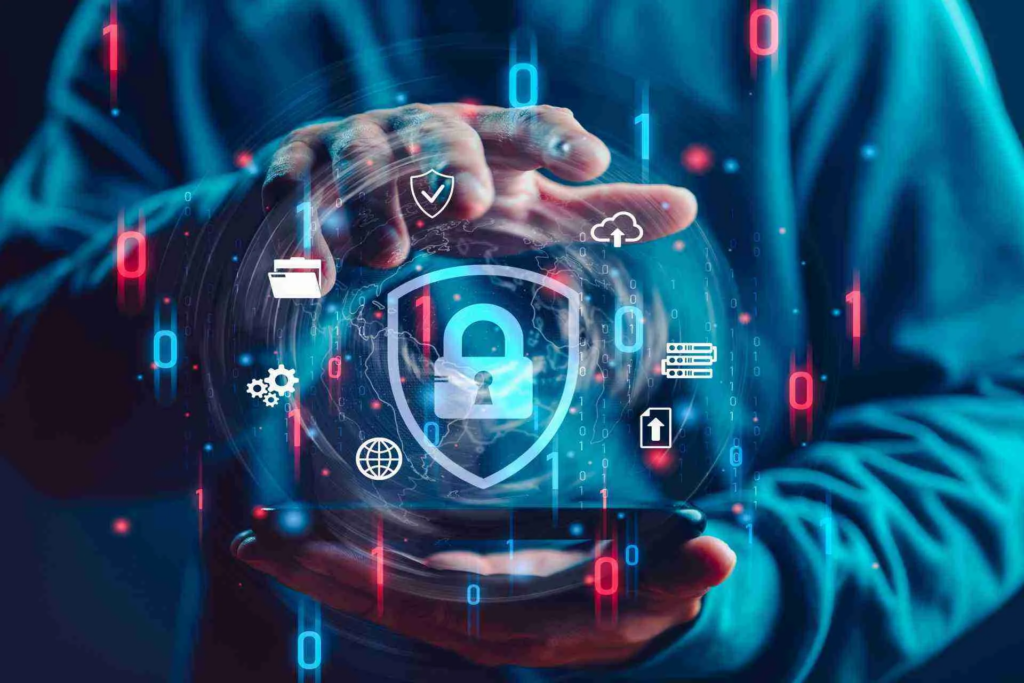Protecting Business Data from Modern Threats
In 2025, cybersecurity is one of the top priorities for businesses across all industries. With the rise of cyberattacks, ransomware, and data breaches, it is crucial to adopt effective strategies to protect corporate information. In this article, we explore the latest threats, best practices for data security, and technological solutions to mitigate risks.
1. Major Cybersecurity Threats
Businesses face an ever-evolving landscape of cyber threats. Some of the most common include:
🔴 Ransomware – Malware that encrypts company data, demanding a ransom for its recovery.
🔴 Phishing and Social Engineering – Techniques designed to trick users into revealing credentials and sensitive information.
🔴 DDoS Attacks – Attempts to overload corporate servers, disrupting online services.
🔴 Data Breaches – Unauthorized access to corporate databases, leading to the loss of confidential information.
🔴 Zero-Day Exploits – Attacks that take advantage of unknown software vulnerabilities before they are patched.
2. Strategies to Protect Business Data
To mitigate these risks, companies must implement a comprehensive cybersecurity strategy. Here are some of the most effective measures:
🔐 Data Encryption
Encrypting data ensures that sensitive information remains secure, even in case of unauthorized access. Businesses should adopt advanced encryption algorithms to protect databases, emails, and confidential documents.
🛡 Multi-Factor Authentication (MFA)
Implementing multi-factor authentication reduces the risk of unauthorized access by adding an extra layer of security beyond passwords.
🔍 Threat Monitoring and Detection
AI-powered Threat Detection & Response tools help identify and block threats before they cause damage.
📚 Employee Training
Human error is one of the biggest vulnerabilities in cybersecurity. Educating employees about phishing, social engineering, and cybersecurity best practices reduces the risk of mistakes that could compromise corporate security.
🛠 Backup and Disaster Recovery
Having a disaster recovery plan and regular backups is essential for quickly restoring data in case of a ransomware attack or hardware failure.
🌐 Network Security and Zero Trust
The Zero Trust approach ensures that every access to the corporate network is verified, reducing the risk of unauthorized logins. Additionally, using advanced firewalls and network segmentation enhances security.
3. The Latest Cybersecurity Technologies
The cybersecurity industry continues to innovate to counter emerging threats. Some of the most advanced solutions include:
🧠 AI and Machine Learning in Cybersecurity – Advanced algorithms that detect and prevent threats in real time.
🔗 Blockchain for Data Security – A decentralized technology that ensures data integrity and traceability.
☁ Cloud Security – Advanced protection solutions for corporate cloud infrastructures.
👀 Identity and Access Management (IAM) – Strict control over access to corporate resources.
🔑 Biometric Authentication – Technologies such as facial recognition and fingerprint scanning to enhance security.
Conclusion
Protecting business data is an ongoing challenge that requires a proactive approach and the adoption of the best available technologies. Companies that invest in cybersecurity, employee training, and advanced protection strategies will be able to defend themselves against cyber threats and ensure business continuity.
In 2025, cybersecurity is no longer an option but a necessity for any business looking to safeguard its digital future.







